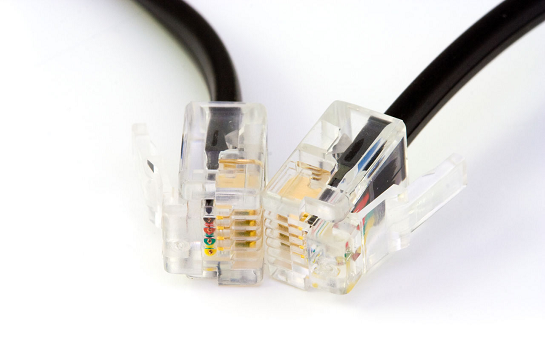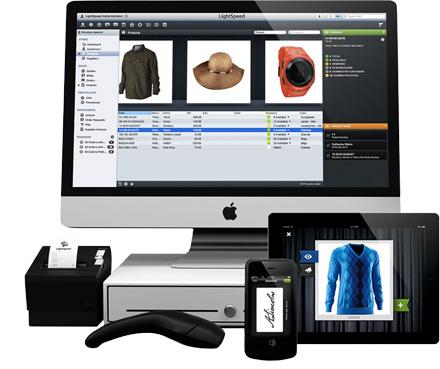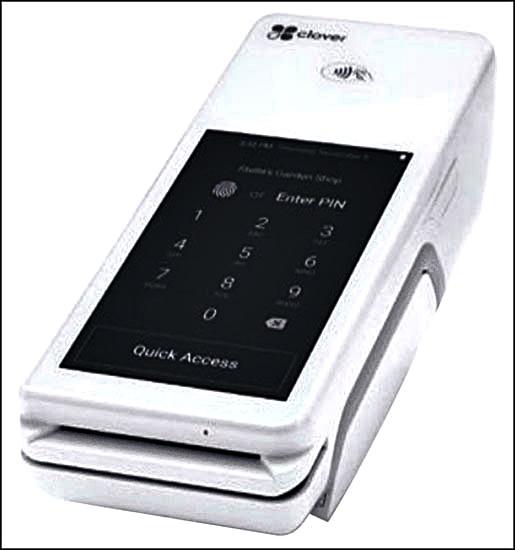How much work really gets done in your business? Before you answer, it’s worth noting that the amount of work that gets done isn’t the same as the amount of work that you and your team do. The productivity of the team depends very much on the efficiency of the work they’re doing. It’s called the workflow, and when it’s smooth, you get a high return on results for the time put in. When it’s blocked and redirected and slowed, you can work as hard as you can and still get very little done. Here, we’re going to investigate some of the many causes of workflow issues in the business and what you do about them.

Picture sourced by pxhere
Busy with busywork
Busywork is one of the worst enemies of a business. Especially when you’re first starting out, feeling your day dragged down by monotonous, low value, but essential tasks can feel like you’re a hamster in a wheel. HR, bookkeeping, and schedule arranging are just some examples of this productivity-sapping busywork. With a little time and investment, however, you can find lots of ways to get around your busywork. For instance, you can use software to automate as much of it as possible. Or you can outsource it to a virtual assistant. Or even delegate it to other members of the team, providing it has some value to them such as training them in a new skill. Whatever method you use to clear busywork off your desk, you can focus on the work that will actually make you money.
Time well spent
Another way to get a better balance between the kinds of work you do is to better schedule it. Plan out your days. Many of us have a ‘to-do’ list, but we also need a ‘to-don’t’ list. This is a way of prioritizing your work. Sort them by which are the most time-sensitive and which are the most important. Whatever tasks fit those categories the least, those go on the ‘to-don’t’ list for the day. When you know what work you have, you should also use batch arranging. When you switch from one process to the next, productivity takes a hit while your brain switches gears. Make those gear switches as few and far between. If, for instance, you have two tasks for the day that require the use of spreadsheet software, do one immediately after other, instead of doing them on either end of a task that requires you to make phone calls. Above all else, start by making a schedule and dictating how much time you can spend on a task at an absolute maximum. That way you make sure you have a reasonable expectation that you can get everything on the agenda done for the day.
Where’s it all going?
Another way to prioritize your work is to figure out where it’s all going. The best way to do that is to set your goals in advance. Short-term, medium-term and long-term goals are all important. Which goals does that task fit? If it’s non-essential and it doesn’t contribute to any of your current goals, rethink whether it needs to be done now or if it can wait.

Picture sourced by Envato
Get them in on it
Of course, the tips above also apply to members of your team. But beyond helping to organize their workday, ensuring that they’re motivated to tackle the work provided will be a big help. Unmotivated workers are more easily distracted and generally a lot less engaged and productive with their work. Make sure the right person is matched to the right job based on their skills, that they know their goals and how they align with the team’s and consider incentivizing good results. For instance, let them know that the path to further training and skills lies in achieving what you’ve set for them now.
Processing the process
Even if they’re engaged with the work, your team might not always be doing it in the most productive way. This is an issue especially with businesses where every member has their expertise and is relied on exclusively to handle it. When a business relies on individual knowledge, it leaves itself open to the risk they may be absent or leave and take the ‘key to the castle’, so to speak, with them. Avoid that, and make sure any replacements or stand-ins they have are using the best methods. The way to do that is to systemize all the most common and important processes in the business. This means not only discovering the most effective methods of tackling a process but documenting them so that any new recruits or replacements can more quickly learn the most efficient methods. Of course, if someone has an idea that they think is better than the proposed systemized route, give them a chance to try it out. But don’t force every new challenger to the task to think up the process from scratch.
The danger of distraction
Distraction isn’t always down to a worker who isn’t motivated enough to concentrate on the work. Think about the top sources of distraction in the office. If they spend too much time on social media or irrelevant internet sites, consider restricting certain sites on their devices within certain times. If they can’t concentrate due to noise, think about their physical work environment and whether rearranging them or getting them new furniture can provide a little more quiet for them.

Picture sourced by Petr Kratochvil
Communication conundrums
Effective internal communication is the cornerstone of any business. Employees need to be able to understand and acquire the information they need to do their jobs in short order. For that reason, seriously consider how you communicate. What’s the most effective way to share a certain kind of information? For instance, a response to a query might be best answered in email. Unless it’s a more detailed conversation in which case a face-to-face and hands-on teaching may result in a quicker understanding. Or unless it’s information they should always have access to, in which you can make it ‘sticky’, either by hosting it on a shared server everyone has access to or by printing handouts and passing them around. Depending on the information that needs to be delivered, different methods to sharing it can be the difference between quick, clear communication and a business full of uncertainties and errors.
It’s not fun without funding
There are few greater disruptions to your workflow than not having the money you need to keep the business running. There are, of course, the very real risks that you can no longer afford members of the team you need or to keep the lights on in the office. Before then, however, lacking funding could mean you lack access to maintenance or repairs that keep your IT running or you lack the money to lease equipment you need for a certain job. A business owner should always keep in mind the potential sources of funding available to them to smooth out any potential cashflow road bump that could turn into a productivity pothole.
Paying for your problems
Then there are those costs that are much less expected. The problems are the same, if you don’t have a healthy cash flow, you won’t have an efficient business. However, the causes are a lot more direct. If you have to go out of pocket for repairs to a piece of equipment damaged by fire or natural disaster or stolen from the office, you simply might not be able to afford it. This is why every business owner needs to find commercial insurance information about which risks are most likely to hit their business. If you don’t protect your assets in advance, work will grind to a halt as you attempt to find funding for them later.

Picture sourced by 3lektralove
Waiting on your money
Sticking with the link between money and productivity, there are few things more frustrating than slowing your pace because you’re waiting on money that should be with you right now. This is most common for businesses that use credit arrangements or invoices instead of straight cash transactions. With credit, it’s all about being thorough with who you let use credit and running checks to get as best an estimate as possible that they will pay reliably. With invoices, you can use factoring to get advances on the money you’re owed, but the best long-term solution is to set transparent payment terms, including dates, so you’re never kept waiting on money to the point it affects your scheduled cash flow projections.
You’re just not big enough
It’s a problem all businesses have. You don’t have the manpower or the skill supply to take on absolutely everything you need. In time, you should focus on growing to the point where you do. For now, however, it’s a good idea to get acquainted with the market of relevant outsourced service providers. It’s less cost-effective in the long run, but it’s a lot less risky than trying to hire someone you don’t necessarily have the funds to support.
Follow the tips above and the next time you’re asked how much work gets done in the business, you can offer the same answer as the amount of work you actually do.









